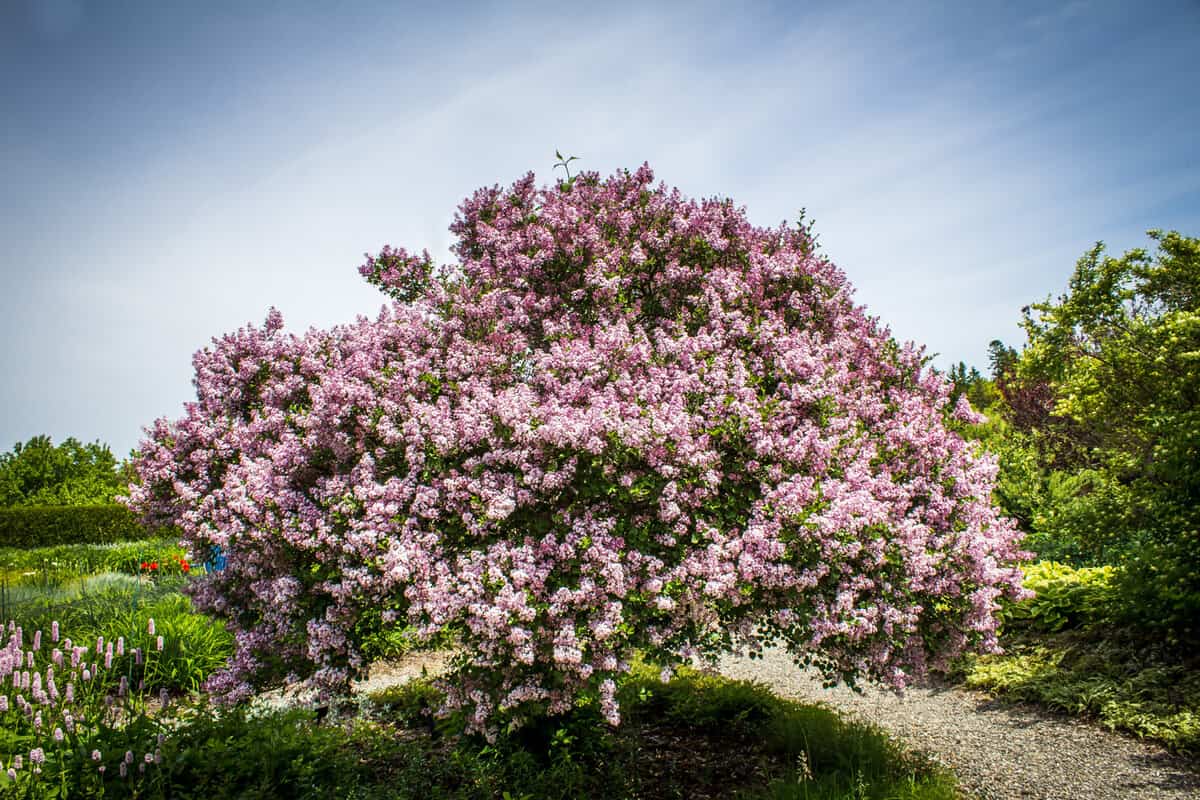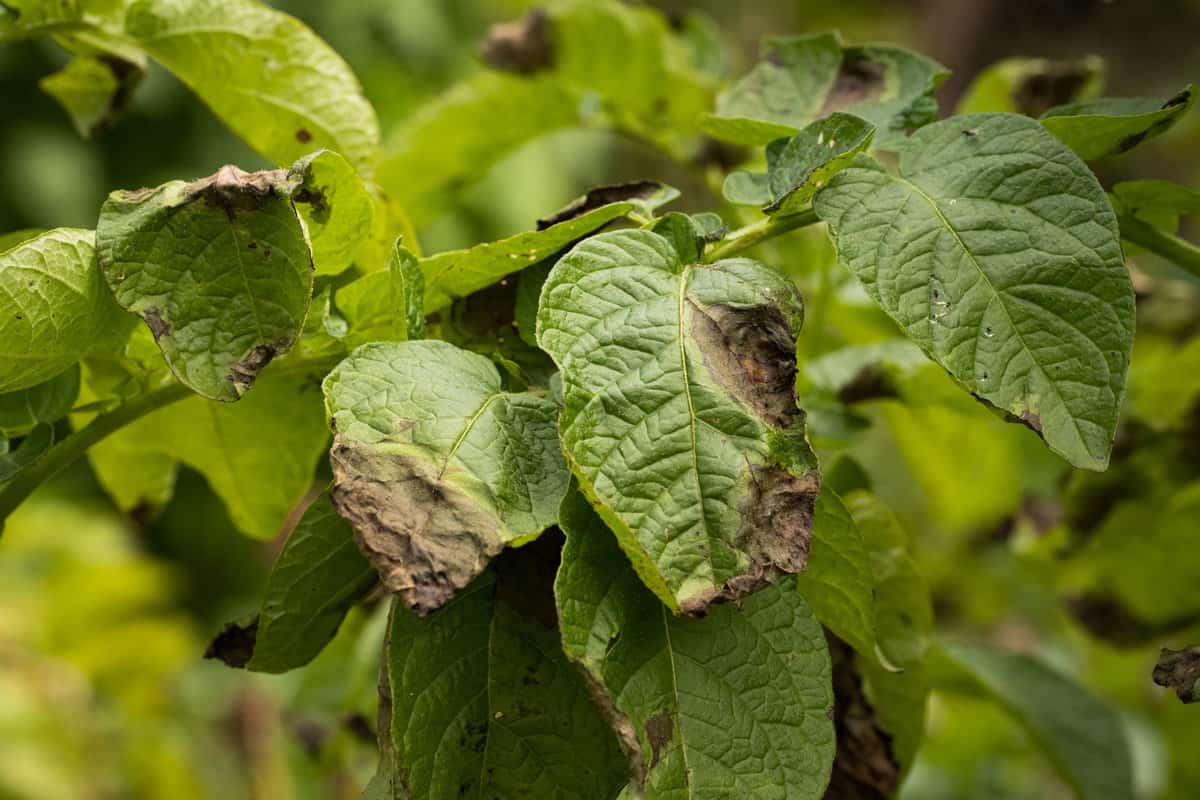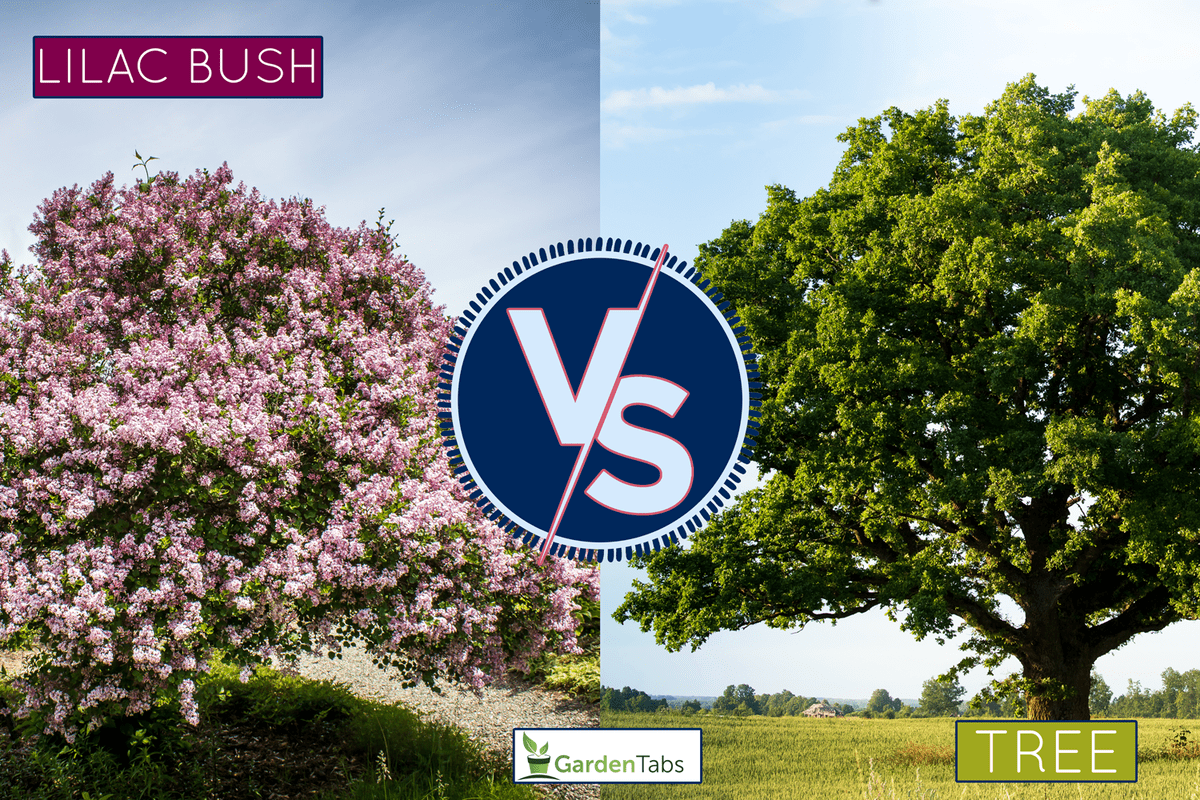Lilacs are beautiful plants that can be classified as bushes or trees. Knowing the difference between the two can help you in keeping your plant healthy. That being said, we have researched every aspect you need to know regarding lilacs and their cultivars.
The main difference between lilacs tree and bushes comes down to their physical structure. Trees only have one woody stem - the trunk - while bushes contain multiple stalks. The size is another distinction between the two.
In this article, you will learn the difference between a lilac bush and a tree and the signs of an unhealthy plant. If you would want to know more about lilac, continue reading this article.

Lilac: An Overview
If you ever think of lilac plants, the first thing that typically comes to mind is their pleasant scent. As lovely as its flowers are, the most treasured quality is the aroma.
Lilacs originated from the Middle East, which is why they thrive best in temperate areas. They basically grow as either a tree or a shrub. Compared to shrubs, which are typically smaller and more compact, trees are more delicate.
Lilac comes in a wide variety of colors, including white, violet, blue, magenta, and lilac - each has its respective meaning:
- White lilacs stand for innocence and purity.
- Violet lilacs symbolize spirituality.
- Blue lilacs stand for contentment and serenity.
- Magenta lilacs stand for passion and love.
- The light purple lilac, after which this flower is named, represents your first love.
Difference Between Lilac Bush And Tree
The arrangement and number of stems make the difference. Lilac shrubs are characterized by their numerous woody stalks that emerge from the plant's base. In contrast, the only wooden stem of lilac trees is the trunk.
And as mentioned, bushes come in a range of sizes and can be placed in more compact garden areas. A lilac tree requires space to reach heights of 20 feet and widths of 15 feet.
What Does A Lilac Tree Look Like?

Late spring is when lilac trees blossom, and the blooms can last up to four weeks. Their thick foliage and big, heart-shaped leaves make for the perfect privacy fence.
The common lilac, Syringa vulgaris, reaches heights of 12 to 15 feet and widths of 10 to 12 feet. The majority of dwarf types are smaller and reach maturity at 4 to 6 feet tall and 3 to 7 feet broad. Syringa reticulata, often known as the Japanese tree lilac, grows up to 30 feet tall.
What Does A Lilac Bush Look Like?

The size of lilac bush leaves is around 2 to 5 inches long. The shrub’s bark has a gray to grayish brown color while the leaves have shades of gray-green to blue-green, however, the foliage color does not change in the fall.
How To Take Care Of Lilacs?
Watering Needs
Lilacs do not want their roots to be wet; that is why you must plant them where the soil drains properly. Hydrate the top of the soil whenever it becomes dry. Watering the plant once every 10-14 days is advised. During their blooming time, it is recommended to water it often.
Effects Of Overwatering
Wilted, pale, or yellowing leaves can result from too much water. Established bushes can survive brief drought-like circumstances without suffering any harm. The lilac's foliage and stems may wilt if there are prolonged dry periods.
Overwatering can also lead to root decay. Prolonged exposure to wet and soggy soil can result in various plant diseases that eventually lead to wilting and dying.
Sunlight Exposure
Lilacs require full sunlight in order for them to produce vibrant flowers. They need to be grown in an area with 6-8 hours of daylight each day.
Lilacs would not bloom if you give them too much shade. All cultivars are prone to powdery mildew if placed in shaded environments. In addition, mold spores or fungal diseases may cause harm to the leaves. A lack of sunlight may also make lilac flowers significantly less fragrant.
Soil Composition
Unlike most flowering plants that do well in acidic soil, lilacs thrive in neutral to slightly-alkaline environments with a pH level of 6.5 to 7.0. However, when planted in a well-draining soil, lilacs can tolerate a pH level of 8.0.
Although lilacs do not require exceptionally rich soil, they should drain well to prevent standing water around the roots. A potting mix with perlite, sand, and soil is ideal to use.
Also, keep them a distance of 5-15 feet from other trees and building foundations because they dislike being planted close to other plants and vegetation, which may impede their development.
Fertilizer

Lilacs that have been fertilized with anything other than a balanced fertilizer may develop excessive foliage or heavy blossoms. A well-balanced fertilizer that is applied while active growth is just getting started is the finest fertilizer for lilac plants.
Pruning
Always prune your lilac bush or tree a few weeks after it finishes blooming. In the summer and early fall, flower buds for the following year are developed and produced. The spring flower buds will be lost if you put off pruning for too long.
Pruning Lilac Bush
A few weeks after flowering, prune the plant to get rid of wilted or dried shoots. If desired, you can also prune back lilac bushes to keep them at a particular height, however, you must do this soon after they have flowered.
Pruning Lilac tree
Several weeks after flowering, trim off seed heads while they are still young and little. You no longer need to prune the tree after a few years as it becomes bigger.
Propagation
Lilac bushes can be multiplied by taking cuttings from these beautiful plants. Propagation is quite tricky but is proven to be possible. Cut a piece of stem that is 4 to 6 inches long. Remember to take cuttings when the plant itself is well-hydrated. Remove the leaves.
Afterward, prepare a fresh potting mix. Dip the cuttings into a rooting hormone, then gently pierce them onto the soil. It is best to pick the lilac kind you want to grow. Just after blossoming, take a few cuttings. Plant in pots after dipping in rooting hormone.
Signs Of Unhealthy Plant

There are some significant signs if your lilac is unhealthy. Be sure to take necessary actions before it is too late to save your plant.
Powdery Mildew
Powdery mildew is the most common problem of the unhealthy lilac plant. It is caused by several different fungal infections, which result in leaves that look powdered. The greatest remedy is to increase airflow around infected leaves.
You may also spray a mixture of rubbing alcohol and water onto the leaves to prevent the fungi from spreading.
Leaf Spot
Leaf spot is another fungal infection caused by a pathogen. Tan spots developing in the foliage are a sign of this plant disease. This results in the shedding of the leaves.
Immediately prune the infected foliage to prevent the spread of fungi.
Leaf Discoloration
Pseudomonas syringae, a bacteria, causes leaves to turn brown to black while remaining affixed to the branch.
Flower clusters become limp and brown, and flower buds turn black. In the spring, refrain from overhead watering. Cut branches that are contaminated deeply below the sick tissue.
Witches’ Broom
They call it witches’ broom because, from one area of the stem, short, thin branches, and twigs grow in dense clusters. Yellow, tiny, and deformed leaves are possible.
The broom-forming twigs are unusually erect, frequently keep their green leaves on for too long in the fall, and then they wither away in the winter. The best solution for infected branches is to cut down the branches that are affected.
In Closing

Lilacs, regardless of cultivar, needs proper care and maintenance for them to thrive, grow, and develop. We hope this article proved to help give you insights into the plant itself. Happy gardening!
